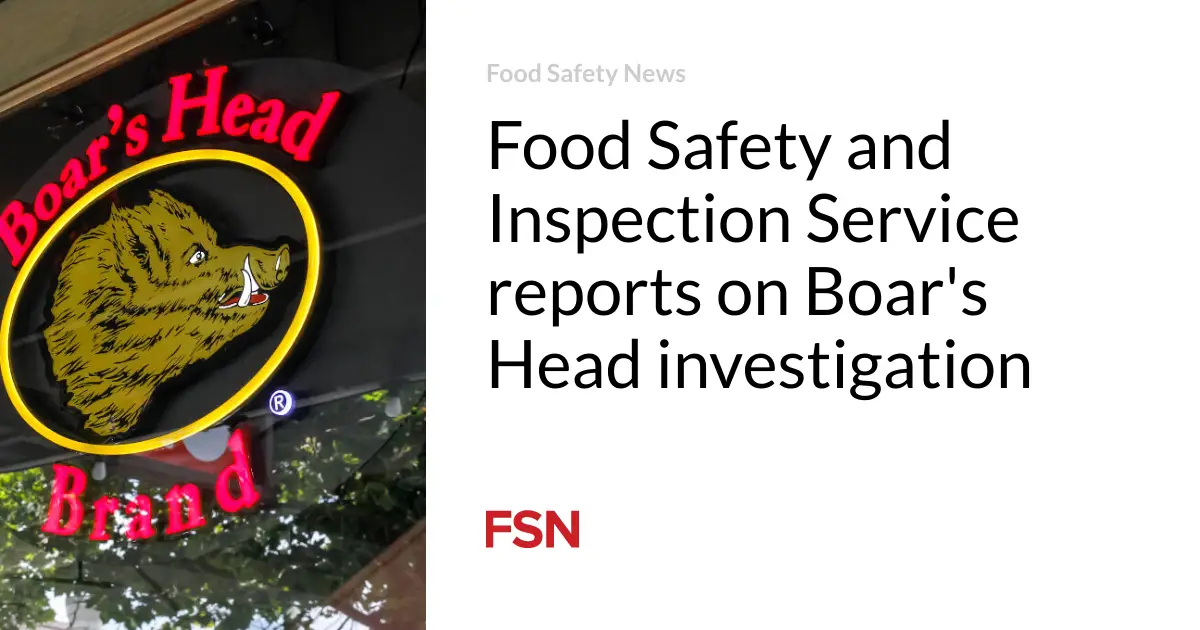
Backyard chicken flocks in North Carolina harbor almost twice the prevalence of the foodborne bacterium Campylobacter compared to commercial farms, according to a new study.
The findings come amid a larger context of public health concerns regarding backyard poultry. Public health officials are investigating multistate Salmonella outbreaks linked to contact with backyard poultry. As of the latest update by the Centers for Disease Control and Prevention (CDC) on June 27, 195 cases of illness have been reported across 38 states, with 50 hospitalizations. The investigation remains active, highlighting the risks associated with backyard poultry handling.
The research, published in JAC – Antimicrobial Resistance, also reveals concerning levels of antibiotic resistance among all chicken flocks and emphasizes the need for greater attention to backyard poultry health and hygiene.
Researchers from North Carolina State University collected samples from 10 backyard and 10 commercial broiler farms to assess Campylobacter prevalence and resistance. They sampled fecal and environmental sources at various stages of the chickens’ development—days 10, 31, and 52 for backyard flocks, and days 10, 24, and 38 for commercial farms. Environmental samples included soil, litter, compost, feeders and waterers.
The study found that 21.9 percent of samples from backyard flocks tested positive for Campylobacter, compared to 12.2 percent of samples from commercial farms. The majority of isolates were identified as Campylobacter jejuni (70.8 percent), with the remaining 29.2 percent identified as Campylobacter coli. In backyard farms, 70.2 percent of positive samples came from feces, 6.4 percent from soil, 3.5 percent from litter/compost, and 19.9 percent from swabs of feeders and waterers. For commercial farms, the rates were 84.2 percent, 0 percent, 12.6 percent, and 3.2 percent, respectively.
The antimicrobial susceptibility testing revealed a high level of resistance, with 40.2 percent of all isolates resistant to ciprofloxacin and 46.6 percent resistant to tetracycline. Notably, a higher proportion of resistant isolates were found on commercial farms, particularly among Campylobacter jejuni.
“Despite the higher prevalence of Campylobacter in backyard farms, we observed a greater proportion of resistant isolates in commercial farms, especially in C. jejuni compared to C. coli,” the study’s authors noted.
Health and safety tips for backyard flock owners from the CDC:
- Wash your hands: Always wash your hands with soap and water immediately after handling backyard poultry, their eggs, or anything in their environment. If soap and water aren’t available, use hand sanitizer. Keep hand sanitizer near your coop.
- Avoid direct contact: Don’t kiss or snuggle backyard poultry, and avoid eating or drinking around them to prevent the spread of germs.
- Outdoor supplies: Keep all poultry-related supplies, such as feed containers and shoes worn in the coop, outside of the house. Clean these supplies outside as well.
- Supervise children: Always supervise children around backyard poultry and ensure they wash their hands properly afterward. Children under five years old should not handle chicks or ducklings due to their higher susceptibility to illness.
- Handle eggs safely: Collect eggs frequently to avoid contamination. Discard cracked eggs and clean dirty eggs with a brush or cloth. Refrigerate eggs promptly and cook them thoroughly to an internal temperature of 160 degrees Fahrenheit.
For stores and hatcheries:
- Source poultry from hatcheries that follow USDA best management practices to reduce Salmonella contamination.
- Clean and sanitize poultry display areas between shipments.
- Provide handwashing stations and health information to customers.
Salmonella infections
Salmonella infection typically causes diarrhea, fever, and stomach cramps, with symptoms appearing six hours to six days after exposure. Most individuals recover within a week without treatment, but severe cases may require medical attention, especially in young children, the elderly and those with weakened immune systems.
The full study can be found here.
(To sign up for a free subscription to Food Safety News, click here.)







